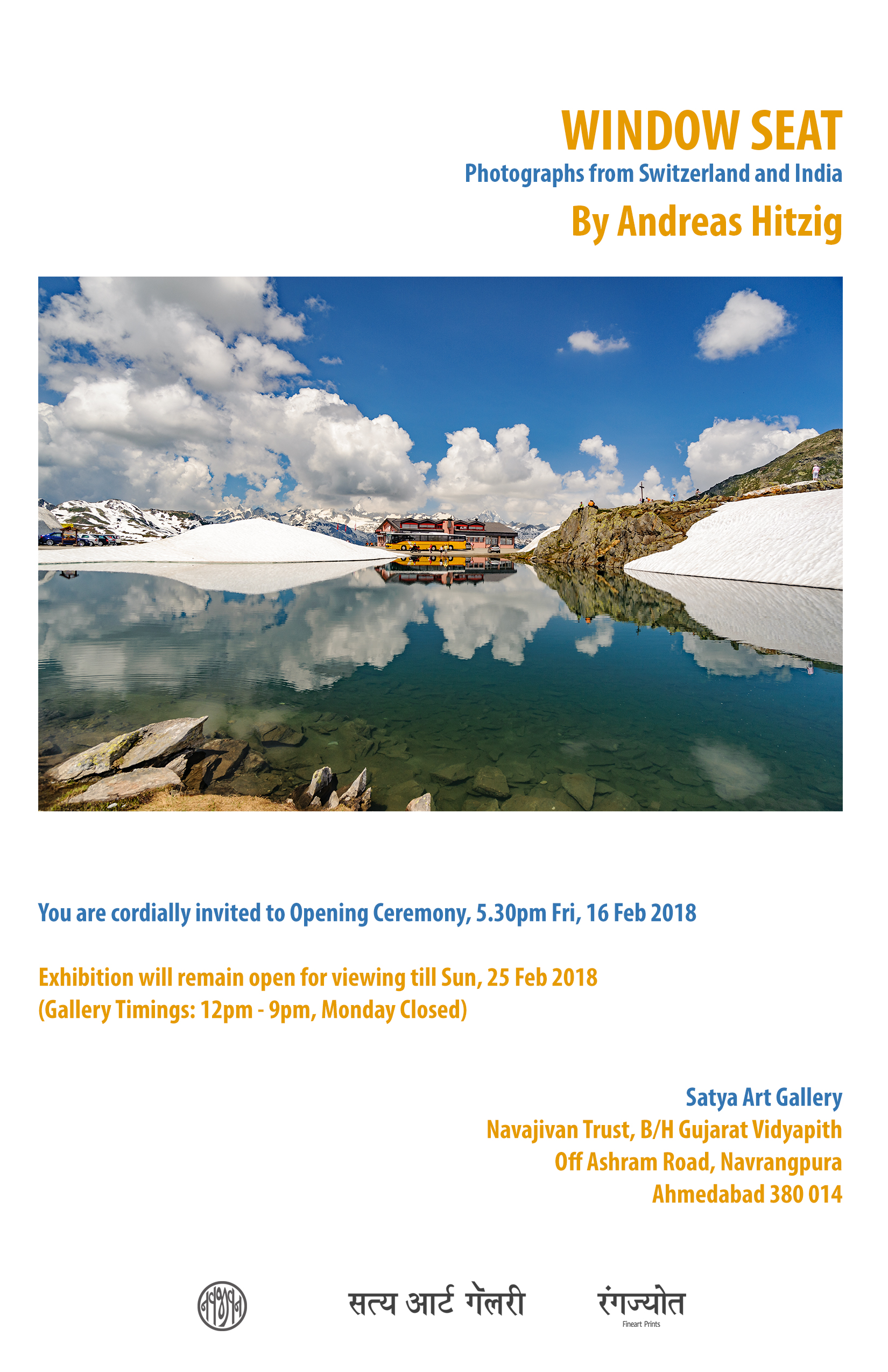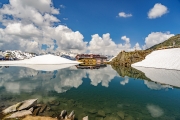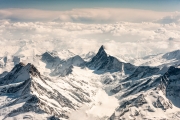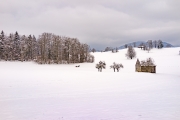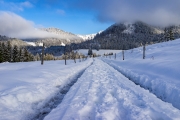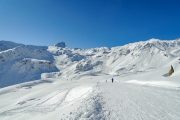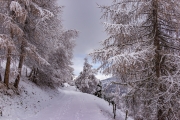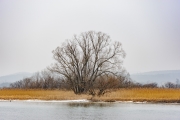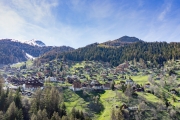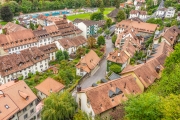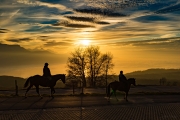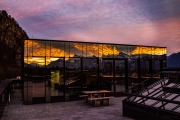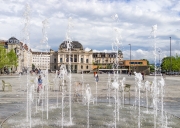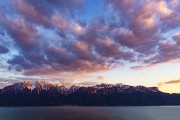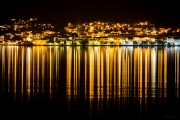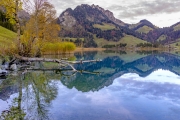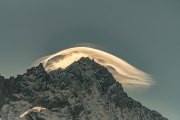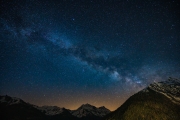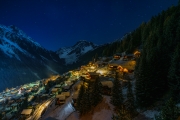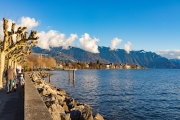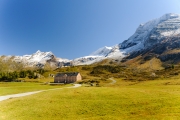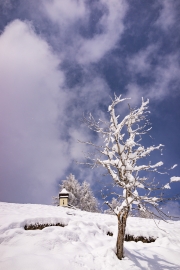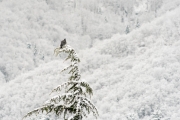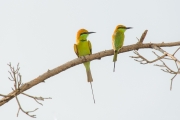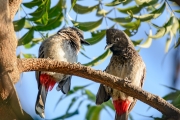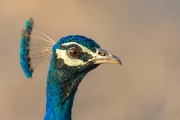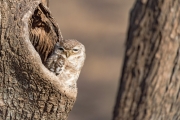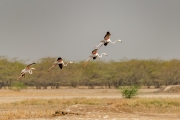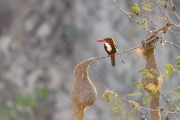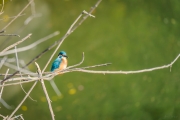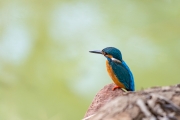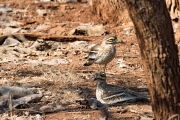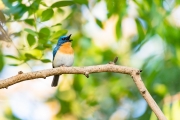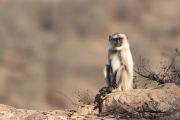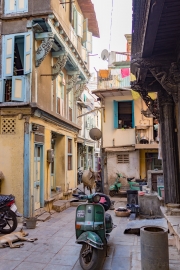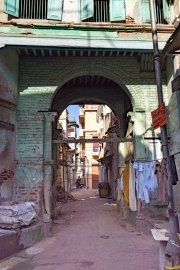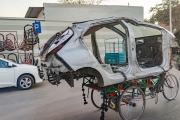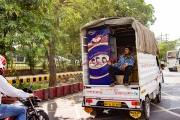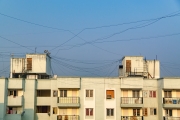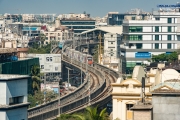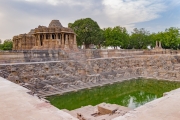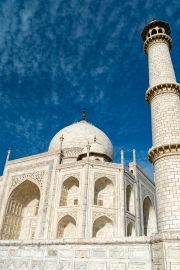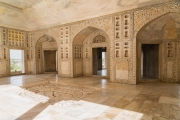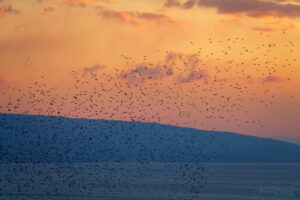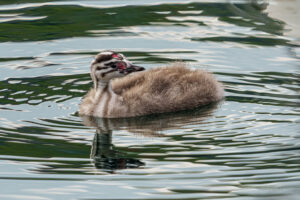Introduction
From 16th to 25th February 2018 I had the unique opportunity to display some of my photographs at the renowned Satya Art Gallery in Ahmedabad, Gujarat, India. As it was my first exhibition ever, I had no idea in what adventure I went, but it is in every aspect exiting. If you want to know a little more about my thoughts and the background of the images, continue to read after the galleries that show the photos on display.
Invitation to the Opening Ceremony
Satya Art Gallery
At the Satya Art Gallery I got introduced to a whole team of professionals in printing, photography, curation, framing and what ever is needed to set up an exhibition. Getting in touch with these professions opened a whole new dimension to me, specially in printing. More about this later.
There are two rooms to exhibit art. We decided to use one room for images from Switzerland and the other room for images from India.
Images from Switzerland
The following gallery shows all the images that where on display in the room with images from Switzerland.
Images from India
The following gallery shows all the images that where on display in the room with images from India.
Display at the Satya Art Gallery
The way my photos were displayed was simply stunning. The black walls acted as the perfect background, making the colours of the photos pop even more. The lights hidden above the photos and no glass in the frames allowed glare and reflection free viewing. From a distance one could think that all photos are displayed on screens and not as prints.
How everything began
Somewhere in May 2017 my friend Pankaj came up with the idea to meet Vivek, the managing trustee of the Navajivan Trust. I had met Vivek the year before. He and his team photographed a wedding I was invited to. Vivek knew that I love photography, so we had many nice and interesting discussions during the various ceremonies.
During that meeting in May I learnt that the Satya Art Gallery is part of Navajivan Trust. Vivek and Pankaj had already discussed about the idea of exhibiting some of my photographs in the Gallery and asked me what I think about it. They really took me by surprise and without many reflections I said yes, what a fantastic opportunity.
Only sometimes later I thought that this yes was maybe a little naiv. At that time I could not imagine how much work this would mean. Looking back now, I would not like to miss one minute of the time spend preparing and attending the exhibition, it really was very energising, a once in a lifetime experience.
As the Art Gallery consists to two adjacent rooms, the idea was born to show images from Switzerland in one room and pictures from India in the other room. First I was a little sceptic to show pictures I had made in India in an exhibition in India, but finally it turned out well. But the decision was taken to use the bigger room for my Swiss images.
Vivek asked me to submit roughly 200 images from Switzerland and the same number from India so that they can have a closer look and decide, if an exhibition can be planned.
Image selection
I had never in mind to show my images other than on my websites and as background on one of my various computer displays. Of course I liked a few of my images, some more than others, but now I had to learn to look at my images in a different way. So far I always looked at my images with the knowledge where, why and how I took the shoot. Specially the “why” influenced the perception. Now I had to look at my images as a neutral visitor, thinking why a specific image could be interesting and other images not.
As I have all my images organised in a Lightroom catalog it was quit easy to scroll through the images and pick those I thought could be shortlisted for the exhibition. The concept of collections in Lightroom is really helpful for such a task and the smart collections even more keeping track of the selected, reworked, picked and rejected ones.
First I concentrated on my images from Switzerland. Almost none of my Swiss images show well known tourist attractions. I usually shoot my images during my daily commute, at home or the office or weekends when we walk the dogs. If time permits I avoid the highways and take the winding roads through the alps or take my bike for a spin around the area where we stay. But would such images be interesting for viewers from India ? Don’t they prefer to see more attractive sites ?
After a few rounds of selection I came out with about one thousand images, way too much, but it was a really difficult task to reduce even further. Again I had to learn that I had picked quit a few images because I knew why I took them and not because they were compelling images. So back to the starting point, void the current collection and restart from scratch. The result was a collection with 656 images. So far so good I thought.
Then I concentrated on my images from India. There are clearly three categories of images. In the first one fall all images I take in and around our factory in Hinjewadi, Pune. We have a small water pond in front of the building and there is a very simple rule : Where there is water, there is life. When we have water in the pond there is life in abundance, during dry season every animal and plant is hiding, waiting for the next rain season.
The second category are images I take while driving to or from visiting suppliers and customers. Many images are shoot out from the moving car, at best from a car stuck in a traffic jam. With those images I capture moments of daily life that seems interesting to me, because it is so very different to the life I live in Switzerland, but would such images be interesting for viewers from India itself ?
The third category are images taken during planned trips to some sightseeing location, well known historic sites or safari to see tigers, lions and other animals.
Again I made several rounds to shortlist my images, selection was followed by rejection and selection again. Get some sleep and think over it the next day, only resulting to restart from scratch as I was not happy at all with what I had done before. Finally I came out with a collection of 485 images.
Post-processing of the images
I thought, well that’s it. There are more images than initially requested, but those images are ok, let’s discuss them with Vivek. I opened the Swiss collection once more to make sure that I’m fine with those images. On the first image I checked I saw a little sensor dust, that I quickly removed in Lightroom, then another sensor dust, then, well the horizon line is a little crooked, so I straightened that, and then there is this one person in the frame that ideally should not be there. Shall I remove him or not ? Ok yes, quick jump into Photoshop, removed the person, much better now.
Back to Lightroom I checked the next image, similar problems. Also on the third one, and so on and so forth. Quickly I came to the conclusion, none of my images is “ok” just like that, each individual image I had to check and eventually perform some post processing until I was happy with it.
That was not only restricted to my images from Switzerland, no, the images from India were in similar condition. So instead of being ready to show my selection to Vivek , I was confronted with the fact that I had to check, potentially post process and finally validate around 1’100 images. The journey was not completed, no it literally only started right now.
I’ll not go into the details of every image that was on display, but some examples should illustrate my approach to post process my images.
The examples shown are rendered at 80%-jpg images with 2880 pixels on the long side. The watermark is added intentionally for this blog entry. For each image I mention in a few keywords the post processing steps done.
Nufenenpass
Lens correction, remove chromatic aberration, various colour corrections, no Photoshop
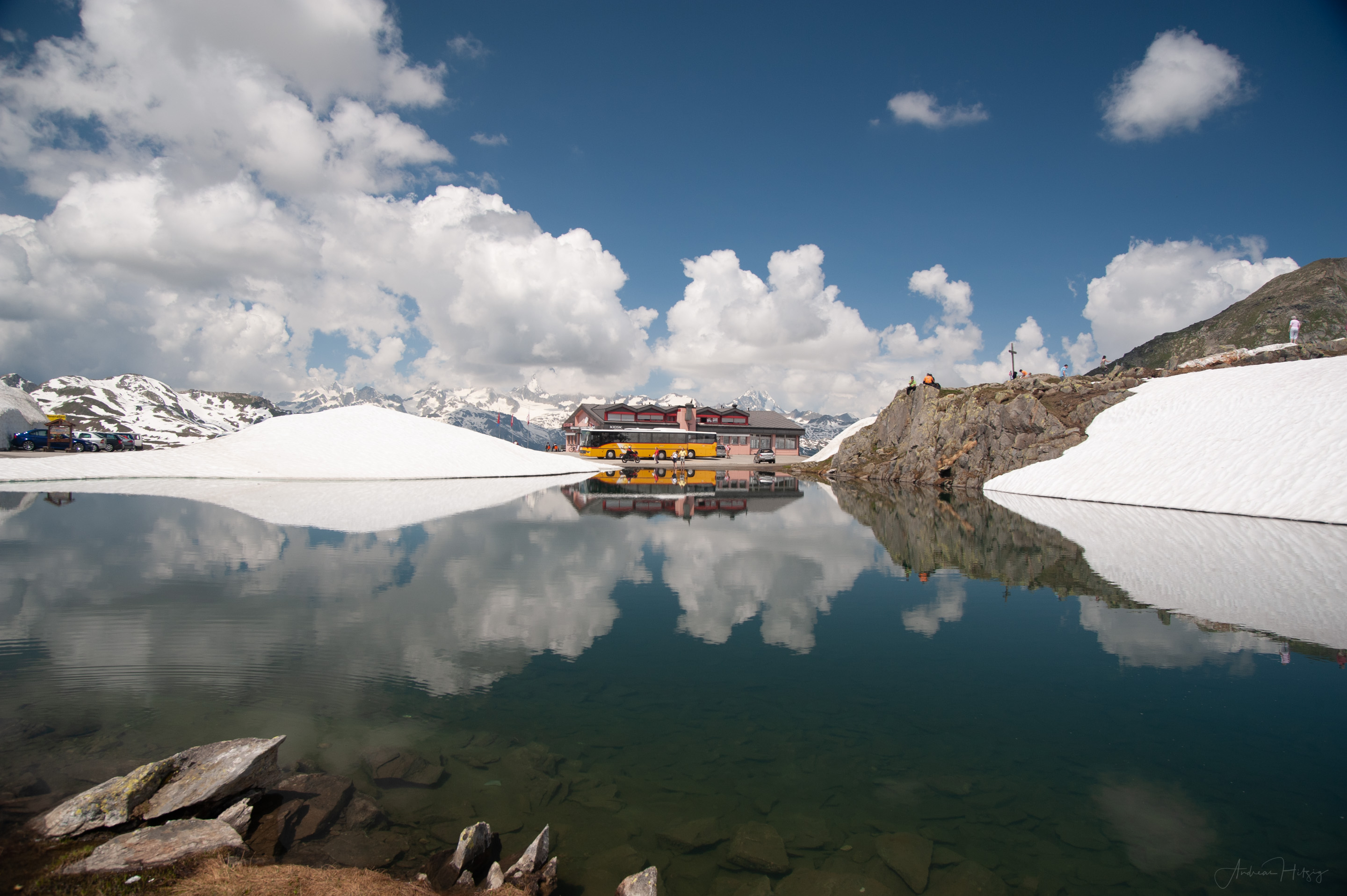

Alps Mountain tops
Lens correction, remove chromatic aberration, white balance, contrast, no Photoshop
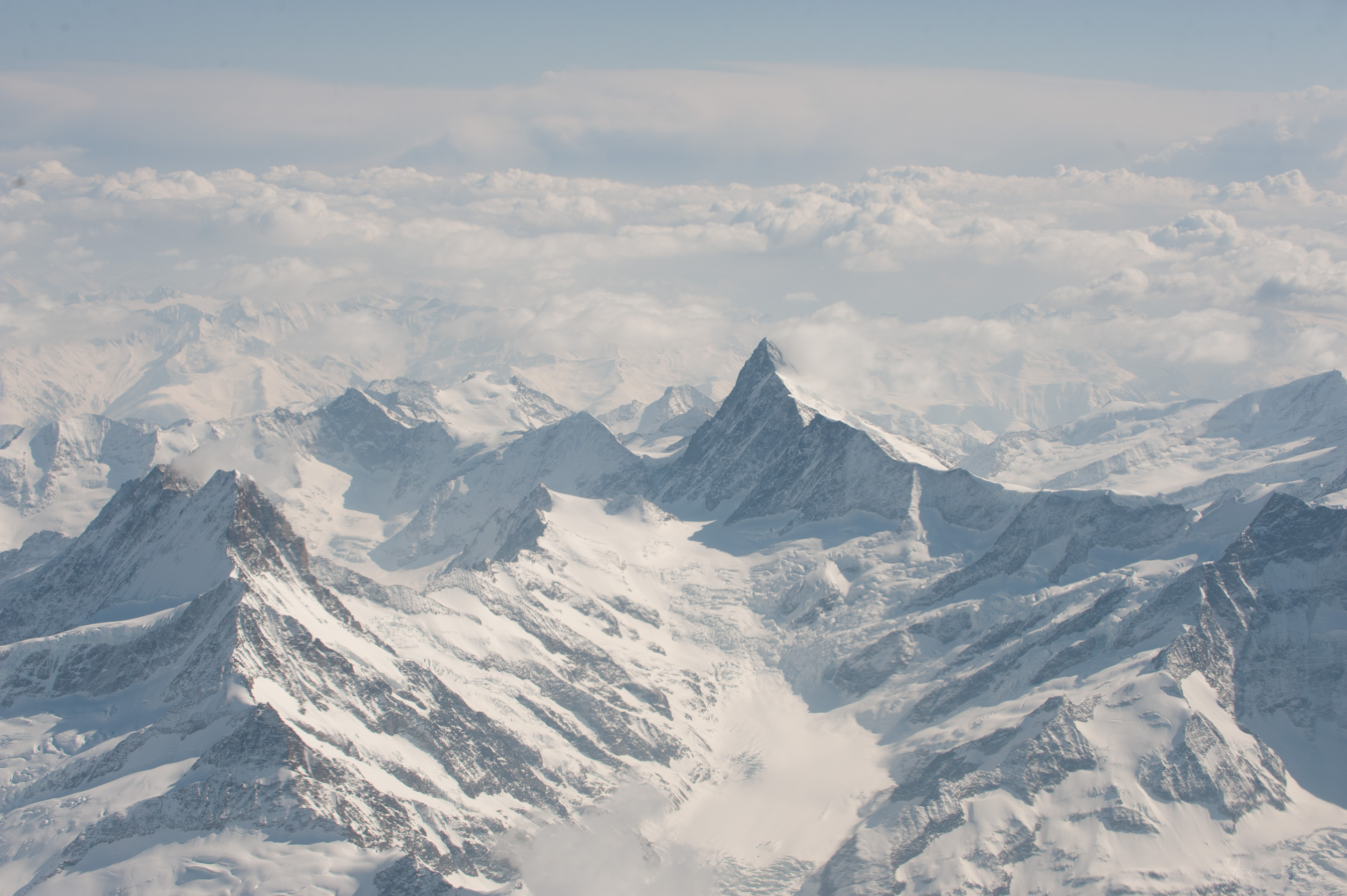

Sled pulled by a horse in winter
Lens correction, remove chromatic aberration, white balance, contrast. In Photoshop many distractions in the snow removed, like wooden poles, dirt, other unwanted elements


Skiing in Grimentz
Lens correction, remove chromatic aberration, white balance, contrast. In Photoshop removed lens flare, wooden poles, orange security barrier


Winter in Grimentz
Lens correction, remove chromatic aberration, white balance, contrast, exposure, clarity, no Photoshop
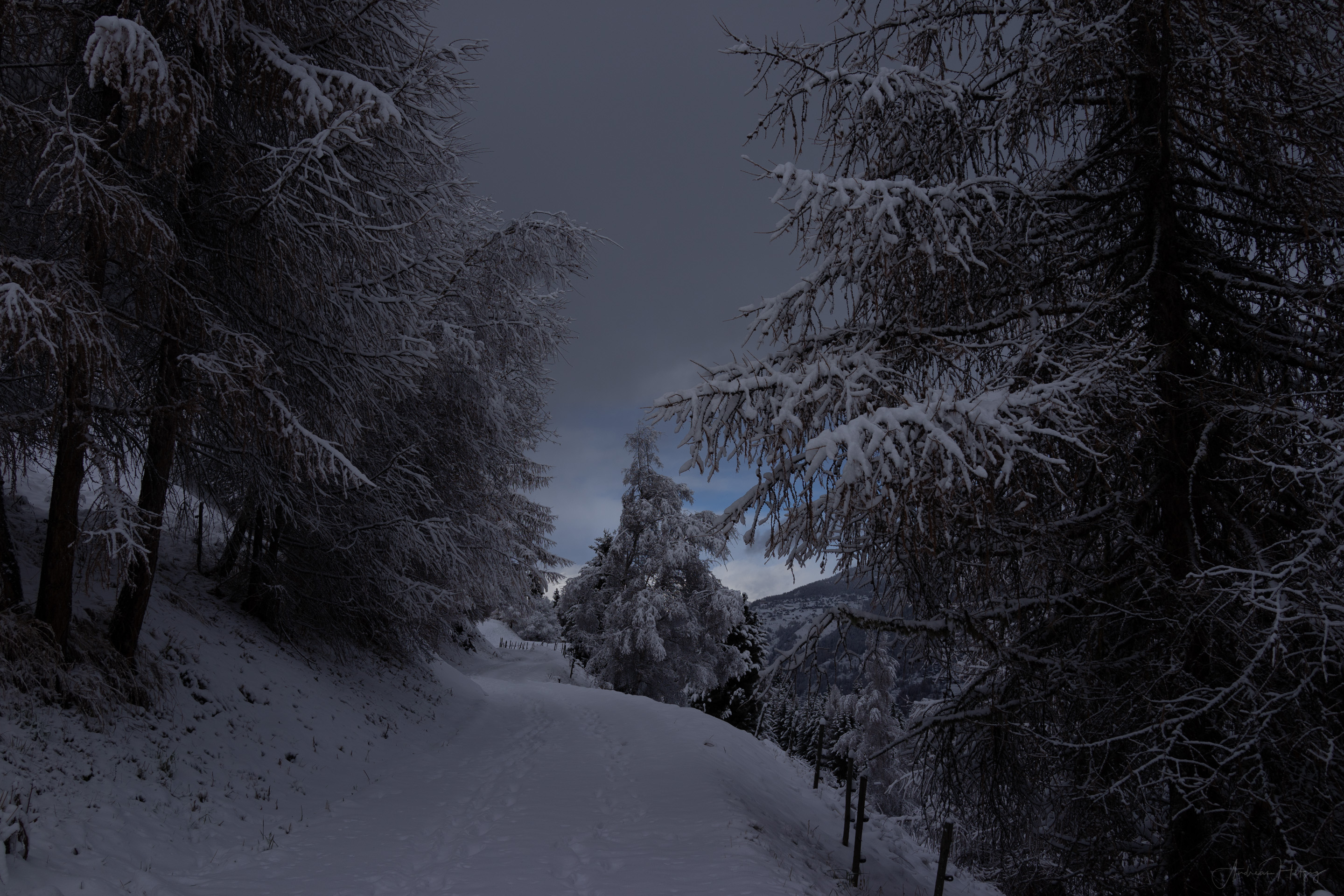

Riding through sunset
Lens correction, remove chromatic aberration, sky enhancement using the gradient tool, some cropping, using the clone tool to remove the person on the right of the image, contrast, exposure, clarity, no Photoshop
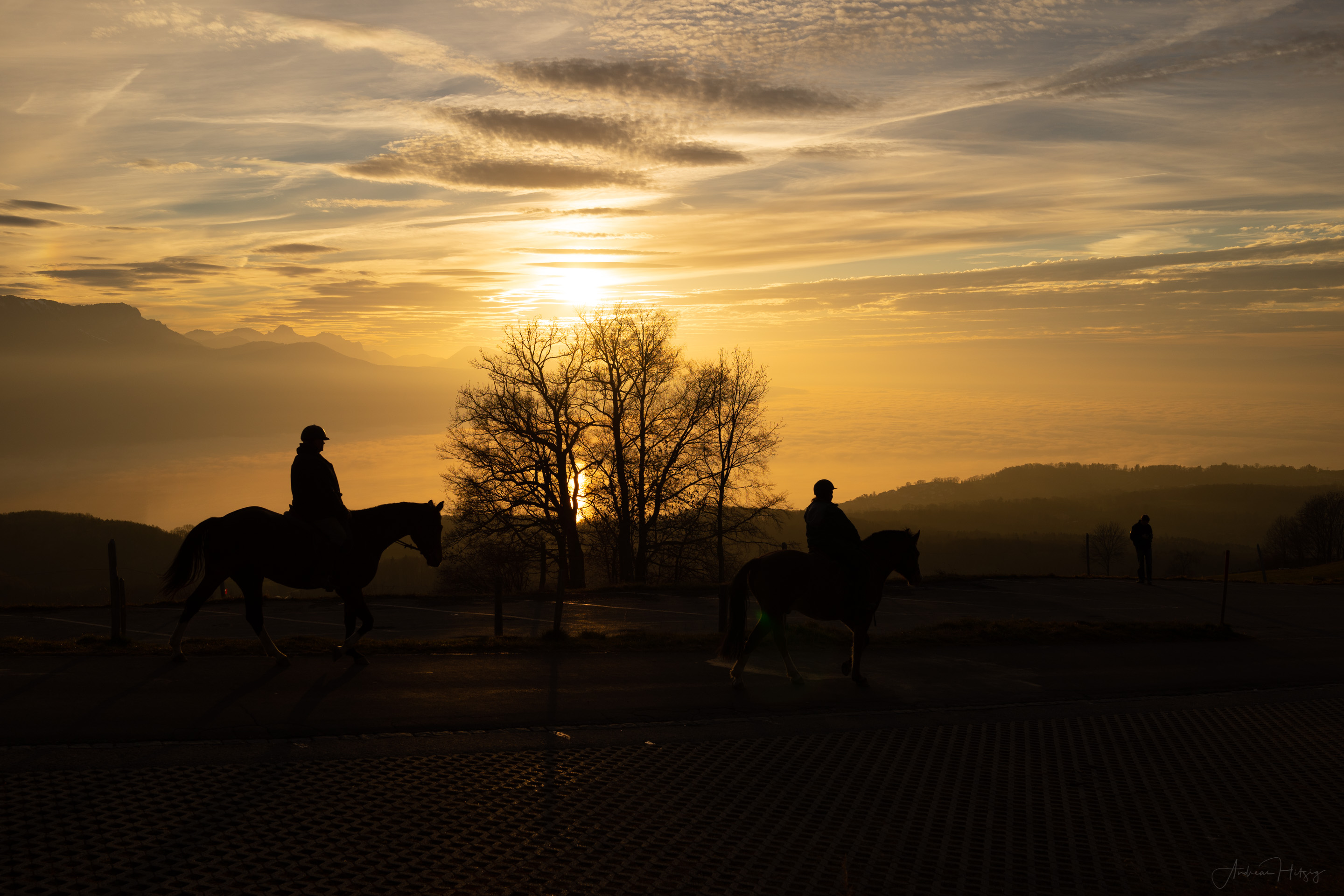
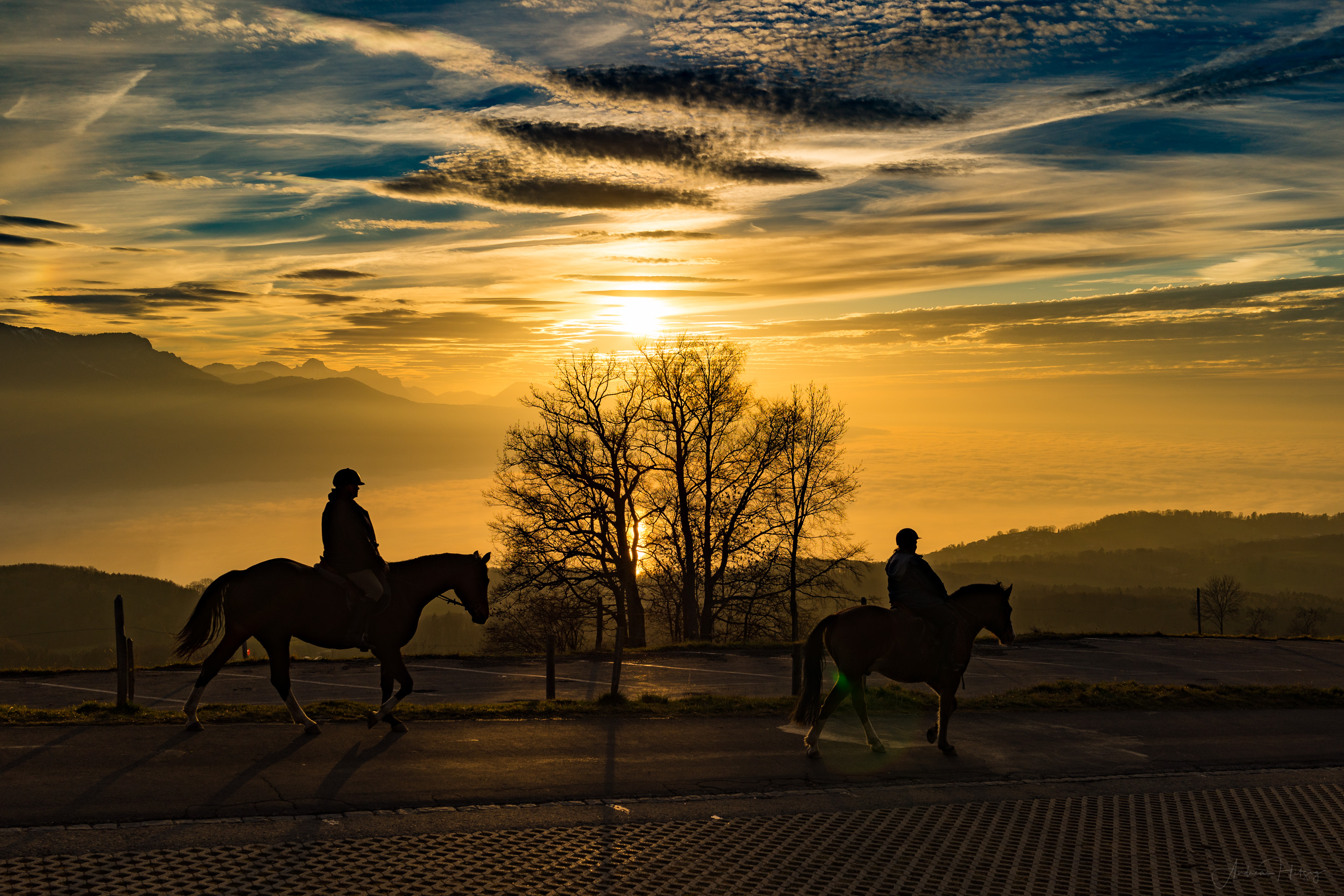
Sunrise in Vouvry
Lens correction, remove chromatic aberration, contrast, clarity, various colour adjustments, no Photoshop
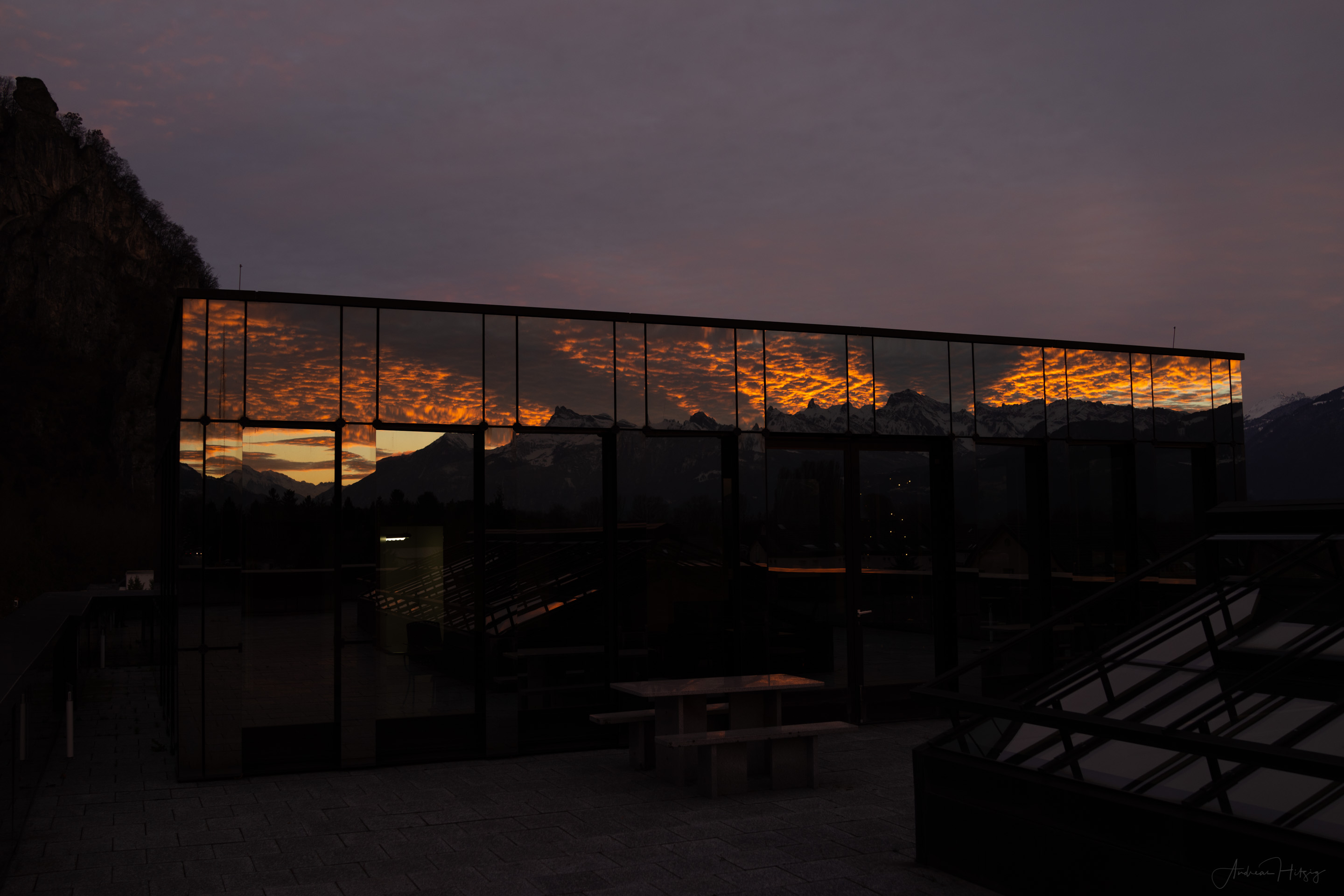

Zurich Opera House
Lens correction, remove chromatic aberration, contrast, clarity, various colour adjustments, cropping and removing some distractions in Photoshop

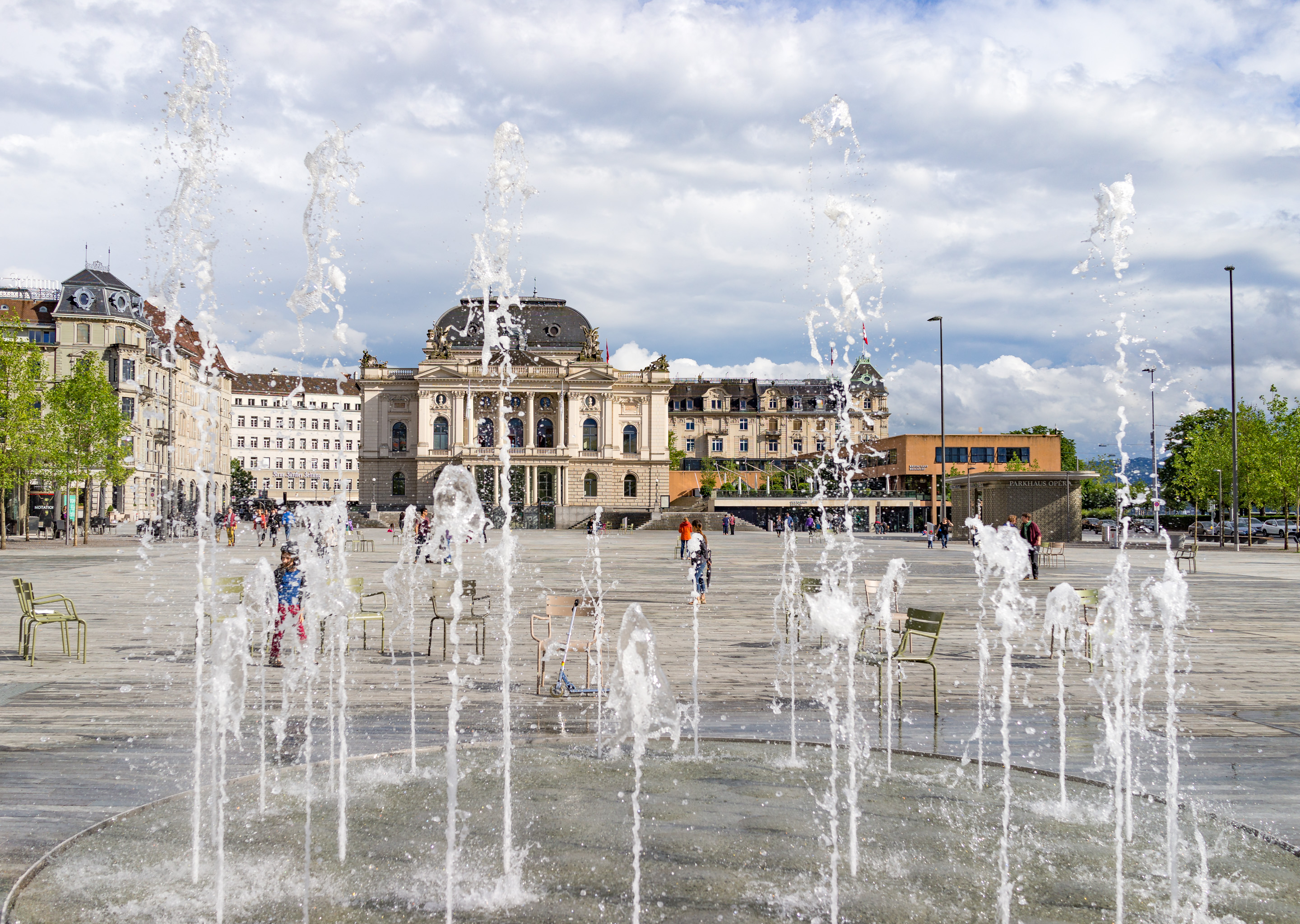
Sunset view from Corseaux
Lens correction, remove chromatic aberration, sky enhancement using the gradient tool, in Photoshop removed the bushes in the foreground
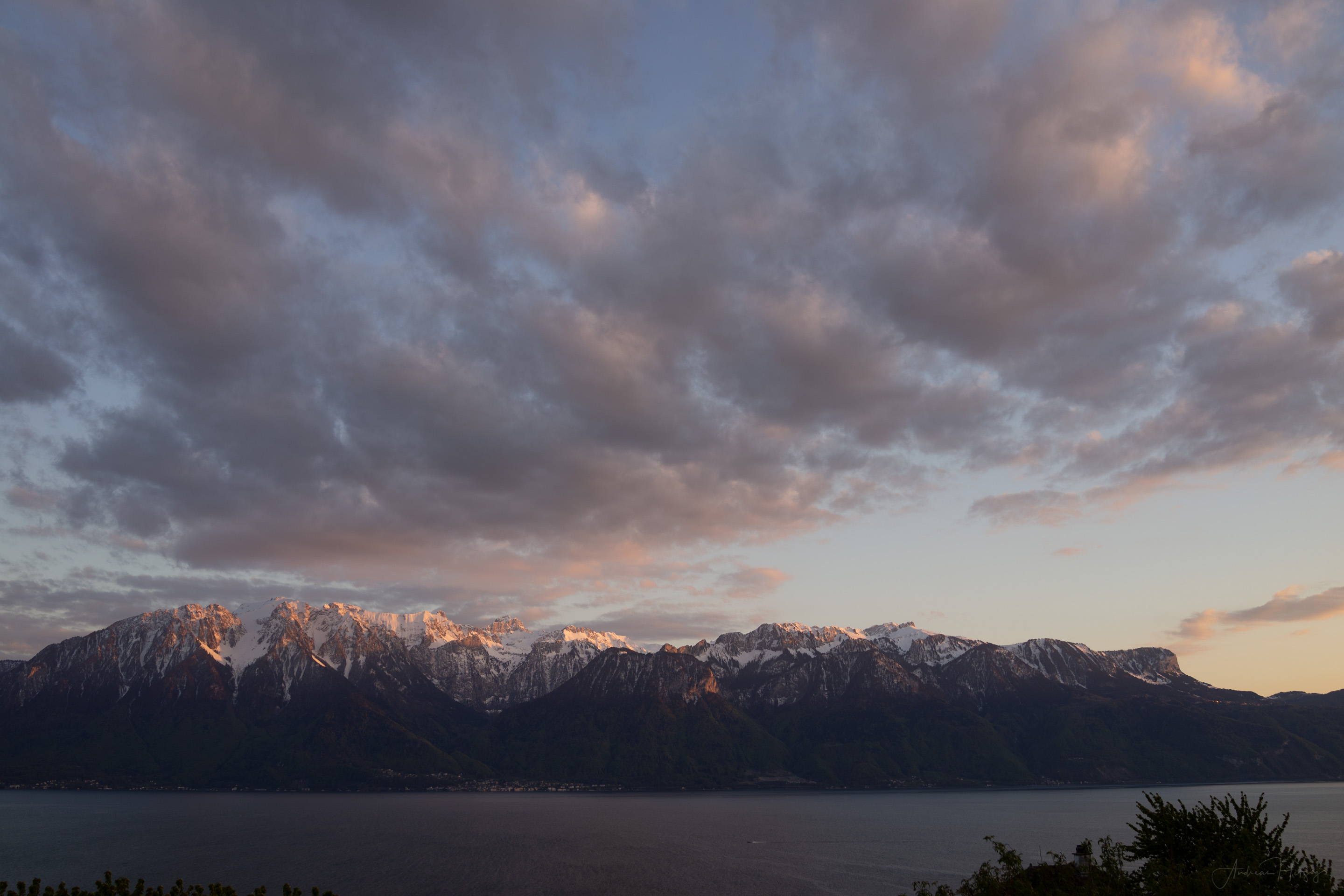
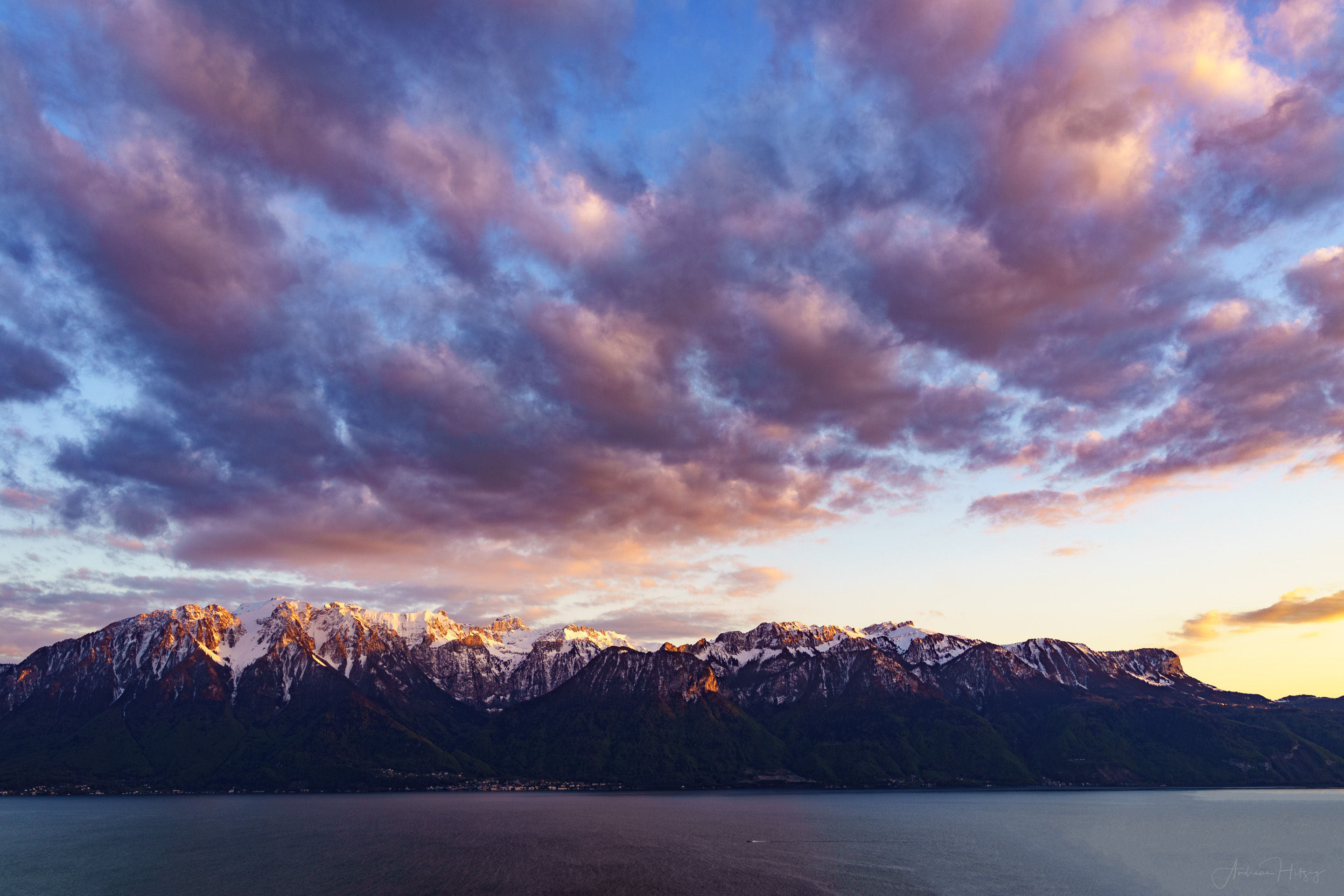
Schwarzsee
Lens correction, remove chromatic aberration, contrast, clarity, various colour adjustments, levelling, no Photoshop
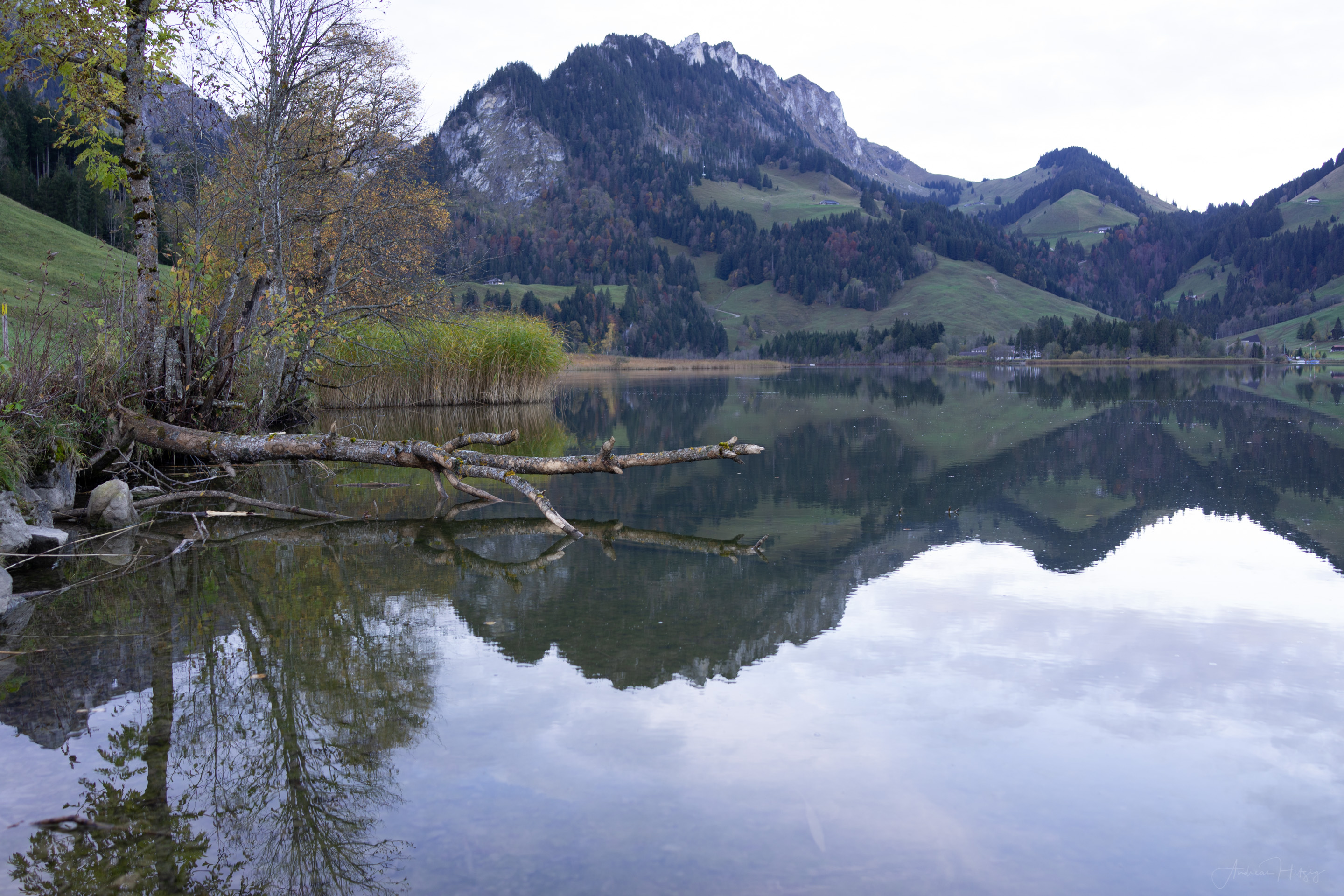
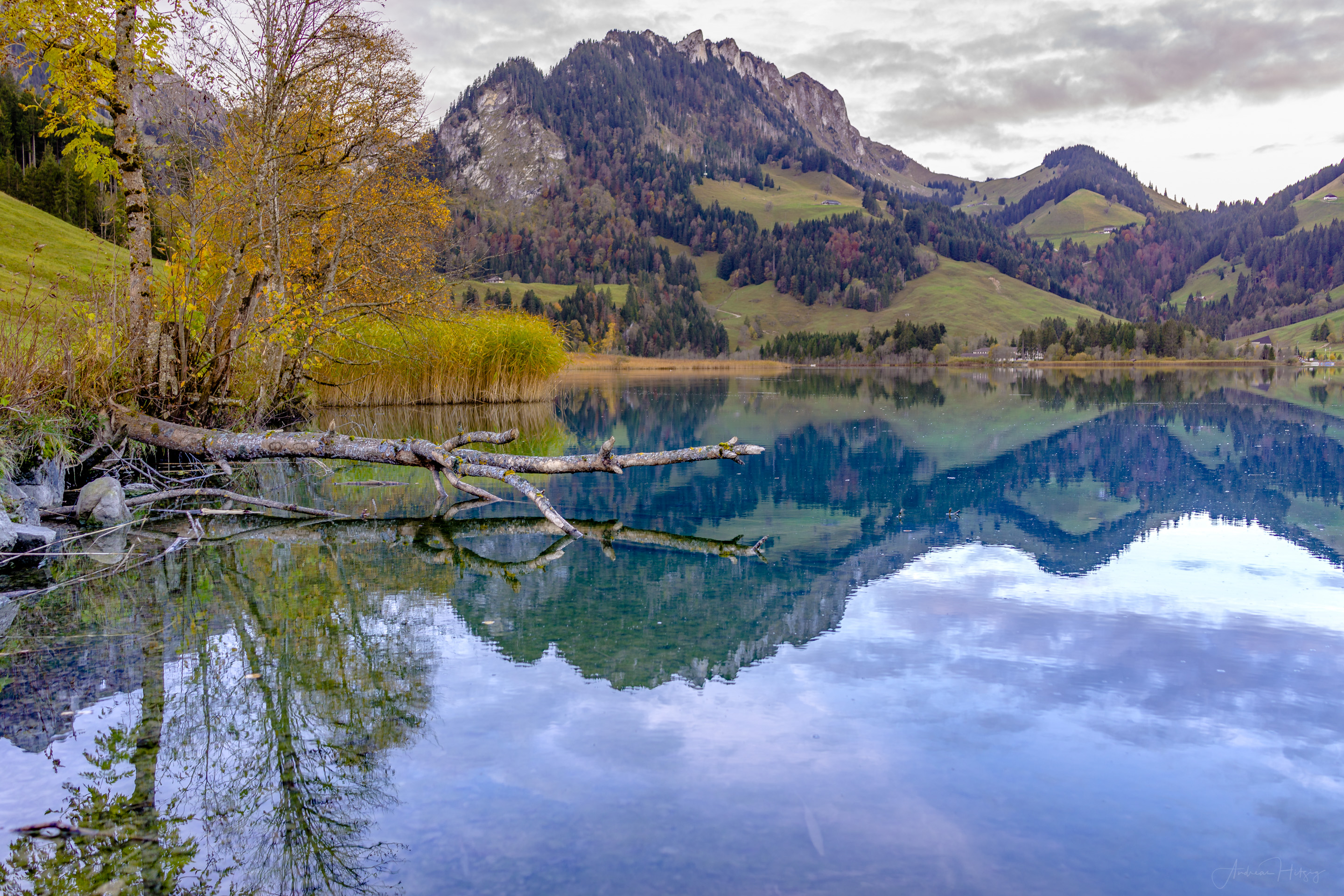
Milkyway over Grimentz
The original raw file was shoot at ISO 2000, f/4, 20 sec exposure time with a 16 – 35 mm lens on a Sony A7R2. So there is a considerable amount of digital noise. The noise reduction in Lightroom helps a lot. Other corrections include white balance, exposure, contrast, clarity, various shadow and highlight adjustments, no photoshop
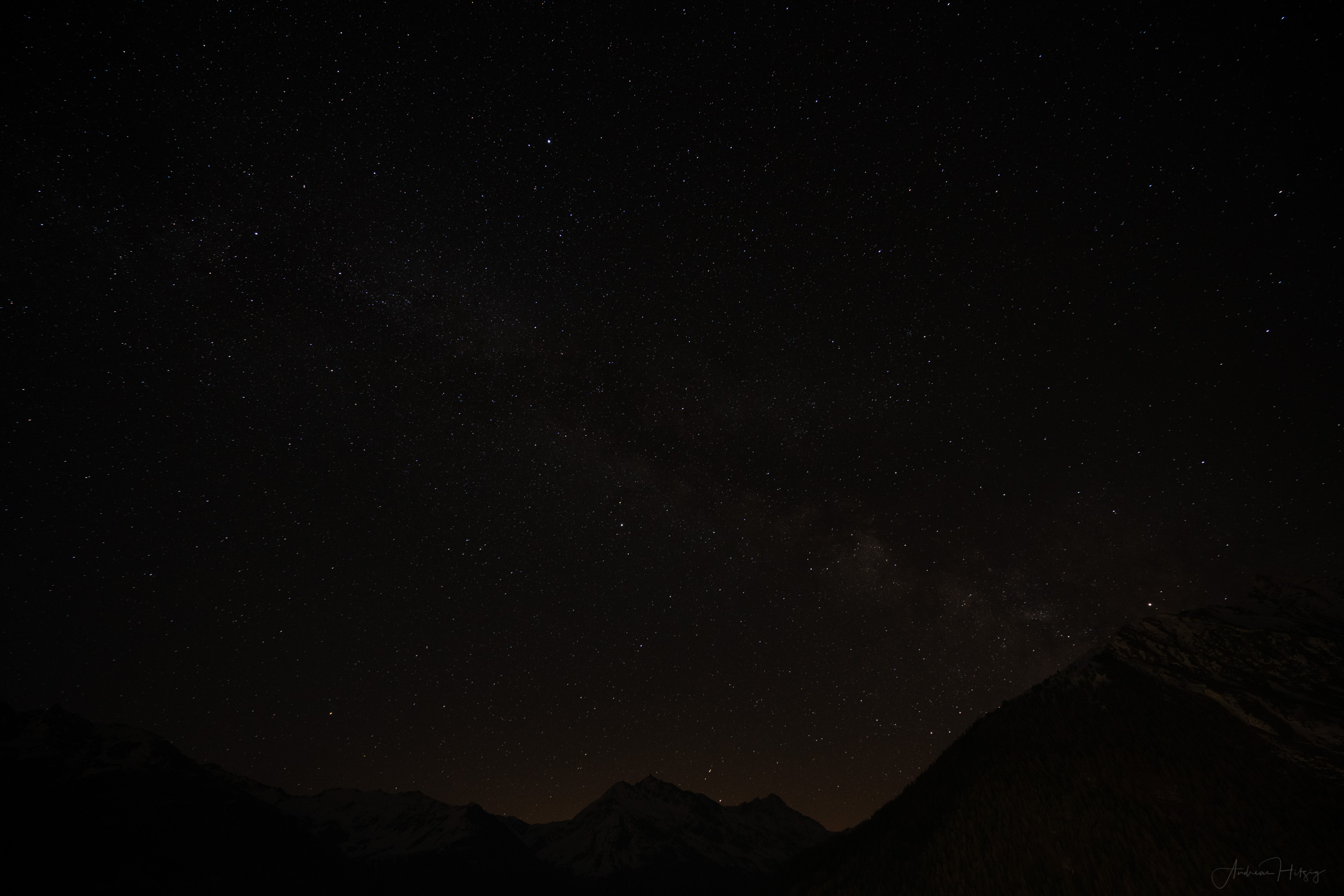
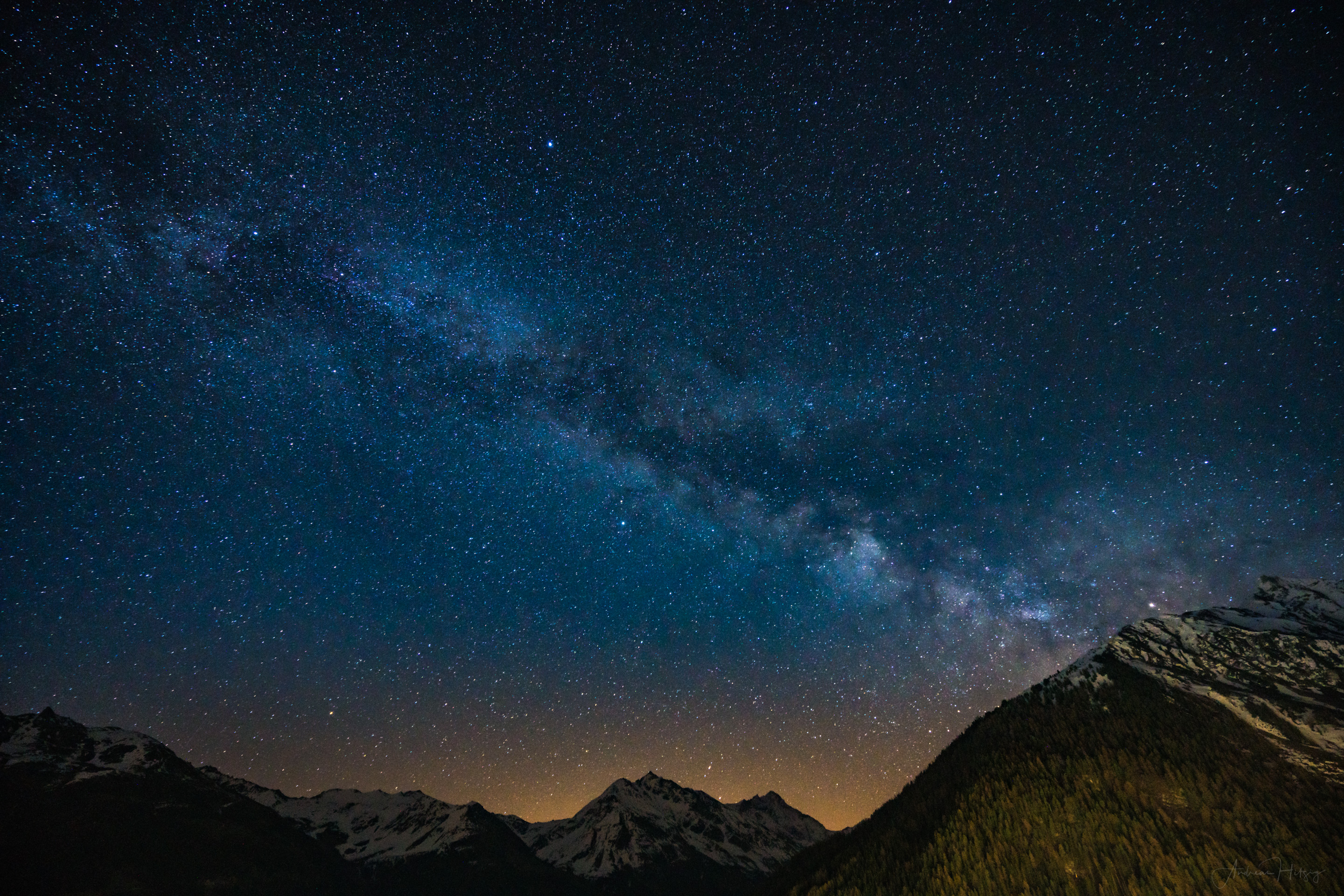
Simplon Pass
Lens correction, remove chromatic aberration, sky enhancement, cropping, in Photoshop removed the power line in the background, football goal on the field, various street poles and other small elements


Green Bee eater
Lens correction, remove chromatic aberration, colour correction, general black and highlight enhancements, cropping, in Photoshop sensor dust and other spot removal, removal of some parts of the branch
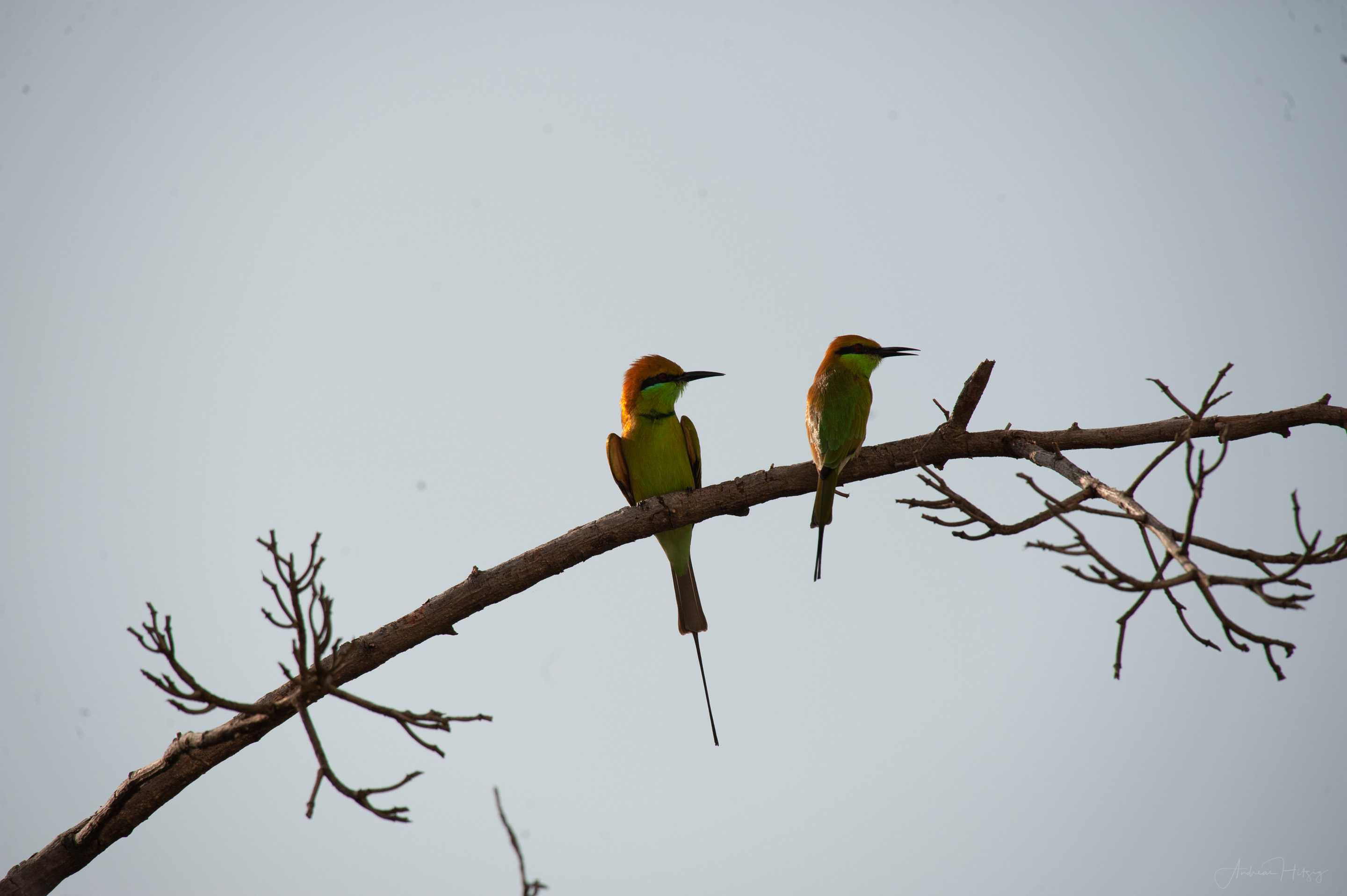
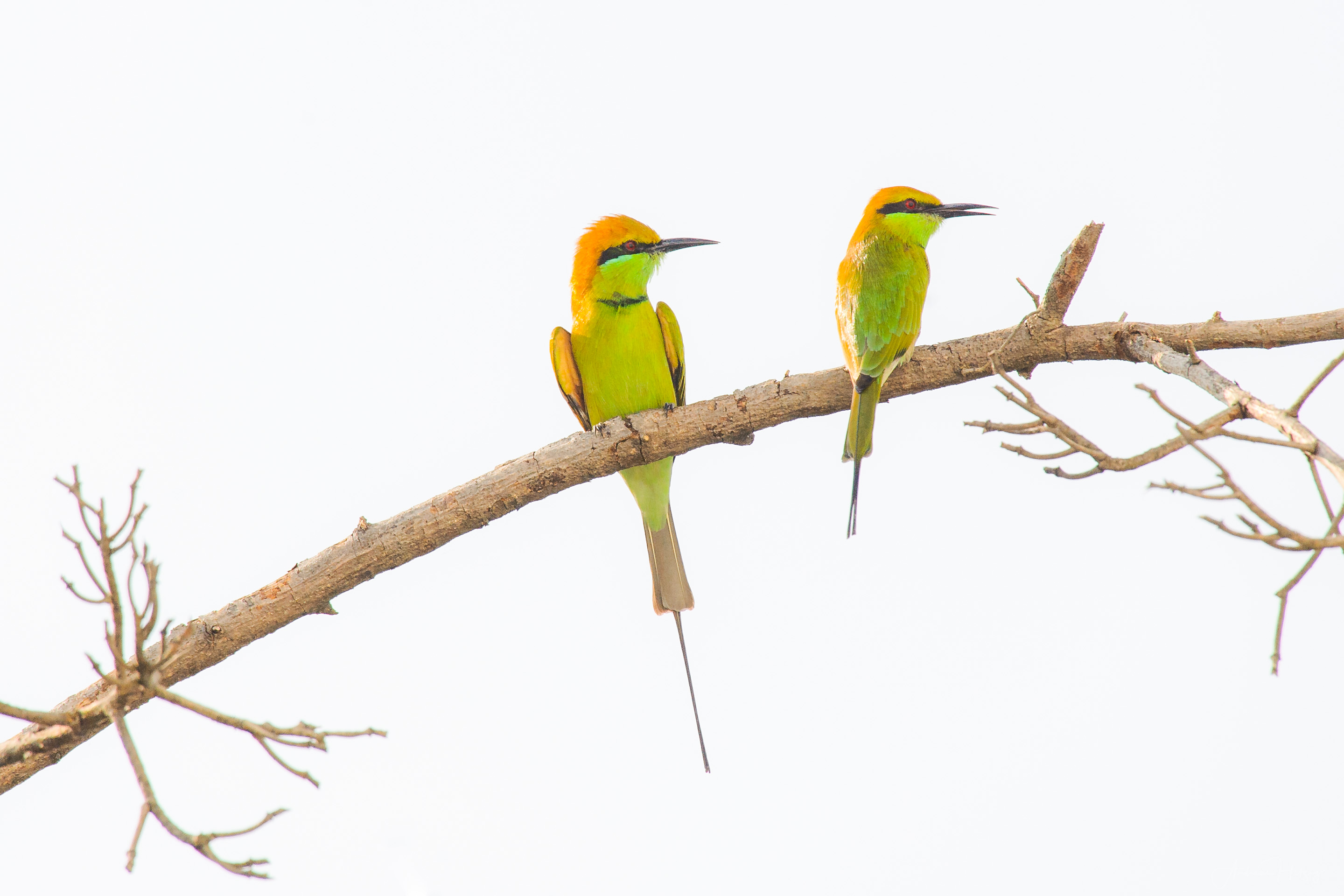
Lion
Lens correction, remove chromatic aberration, colour correction, general black and highlight enhancements, cropping, in Photoshop sensor dust and other spot removal, removal of some waste on the road
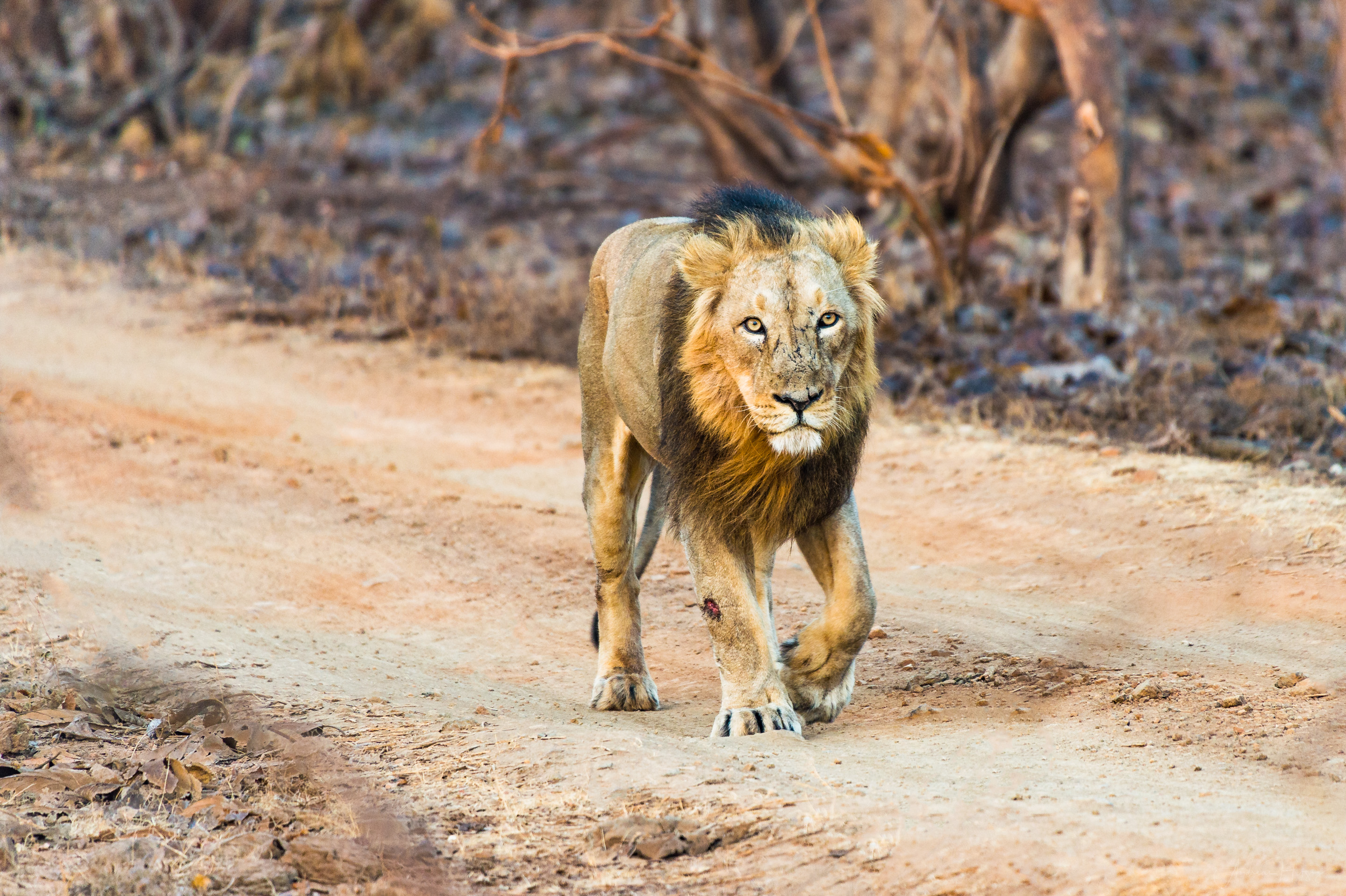

Ahmedabad Old Town
Lens correction, remove chromatic aberration, colour correction, general black and highlight enhancements, no Photoshop


Jantar Mantar
Lens correction, remove chromatic aberration, colour correction, general black and highlight enhancements, in Photoshop removal of a shadow in the foreground and an unwanted sign next to the wall on the right


Modhera Sun Temple
Lens correction, remove chromatic aberration, colour correction, general black and highlight enhancements, in Photoshop removal of various persons and some minor distractions


Taj Mahal
Lens correction, remove chromatic aberration, colour correction, general black and highlight enhancements, contrast, clarity, in Photoshop removal of some persons

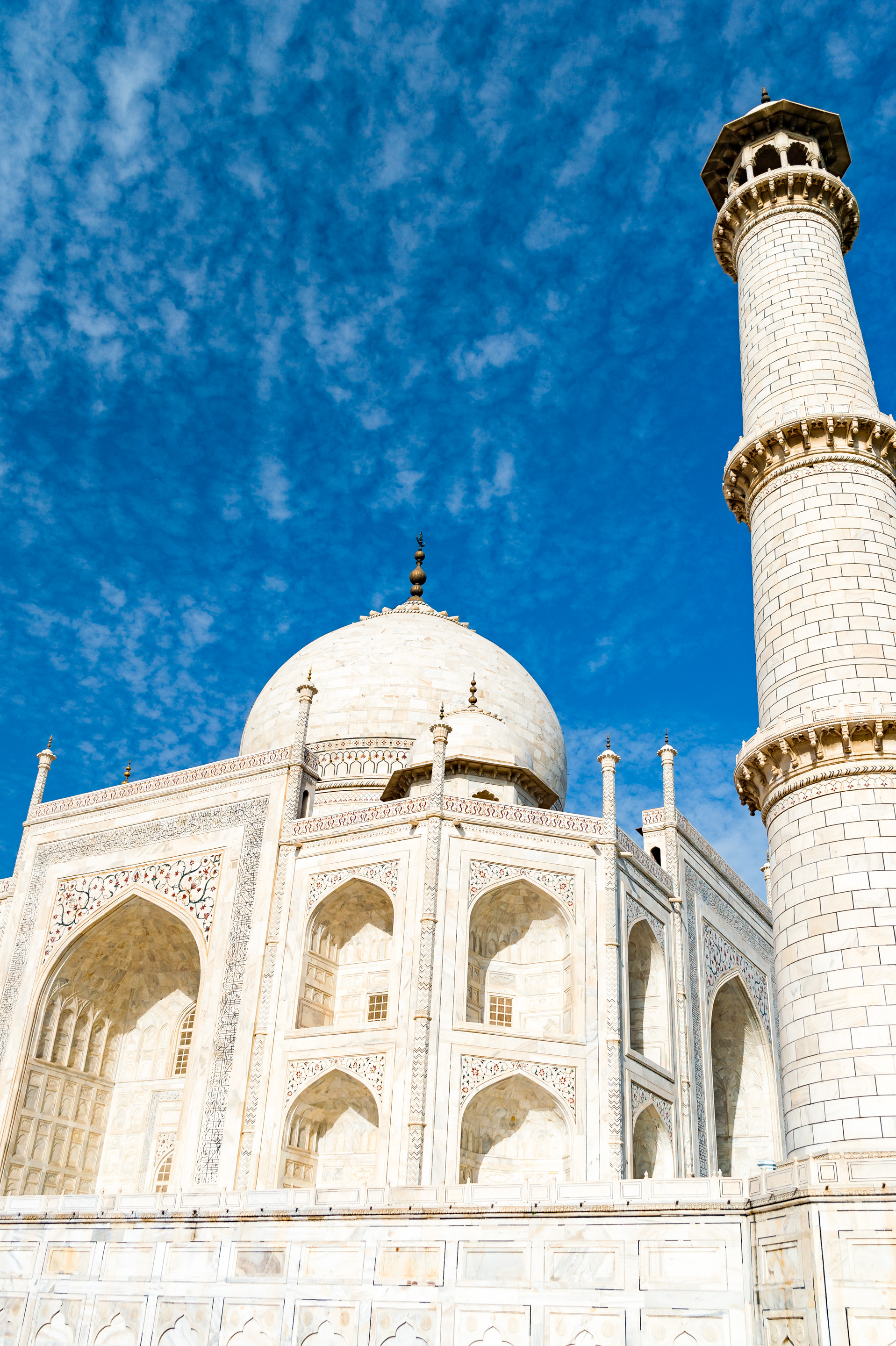
Maharaja Sawai Man Singh II
Lens correction, remove chromatic aberration, colour correction, general black and highlight enhancements, contrast, clarity, some cropping, in Photoshop removal of many power lines on the horizon, behind the main building left and right, some poles removed
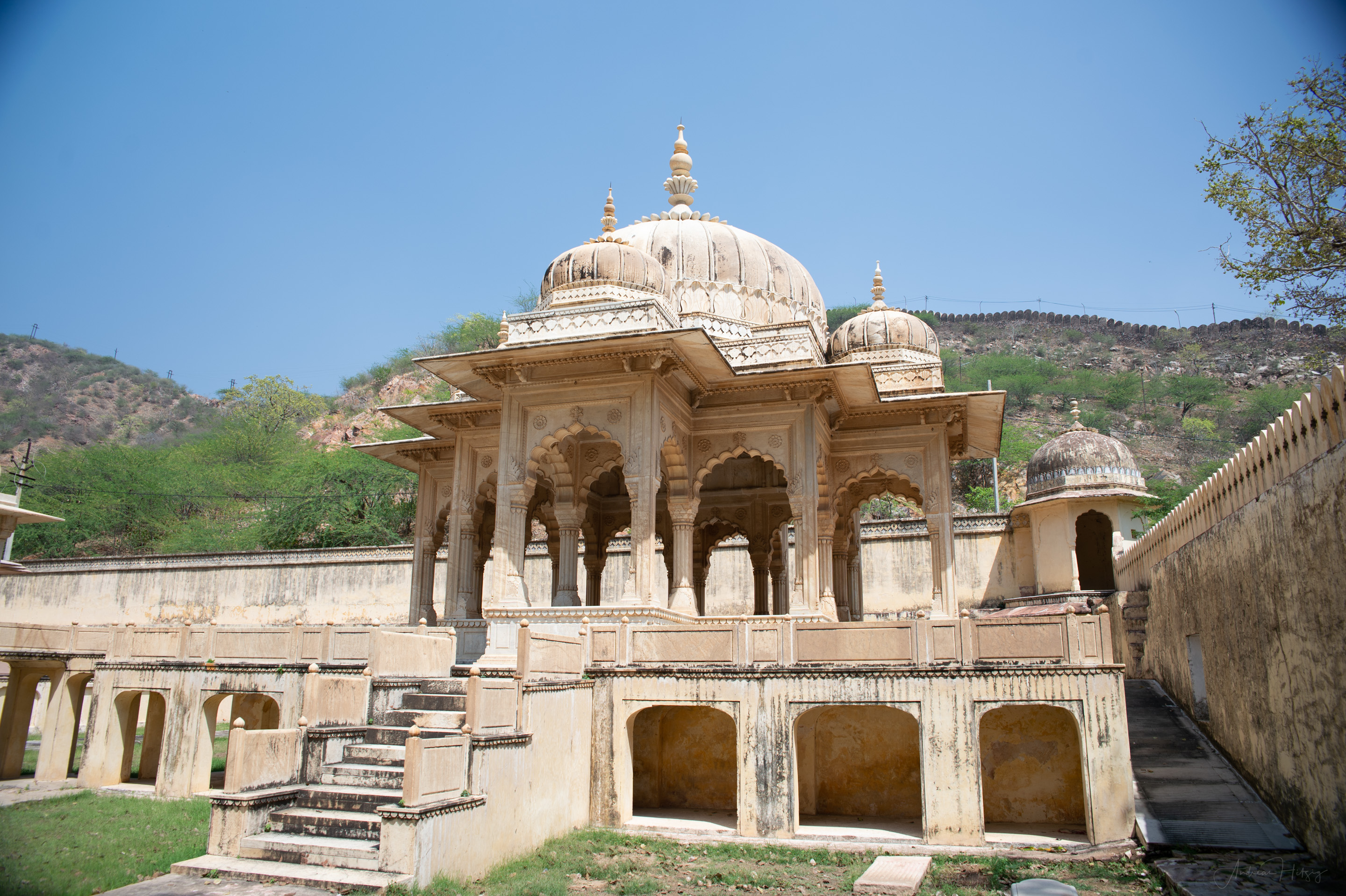
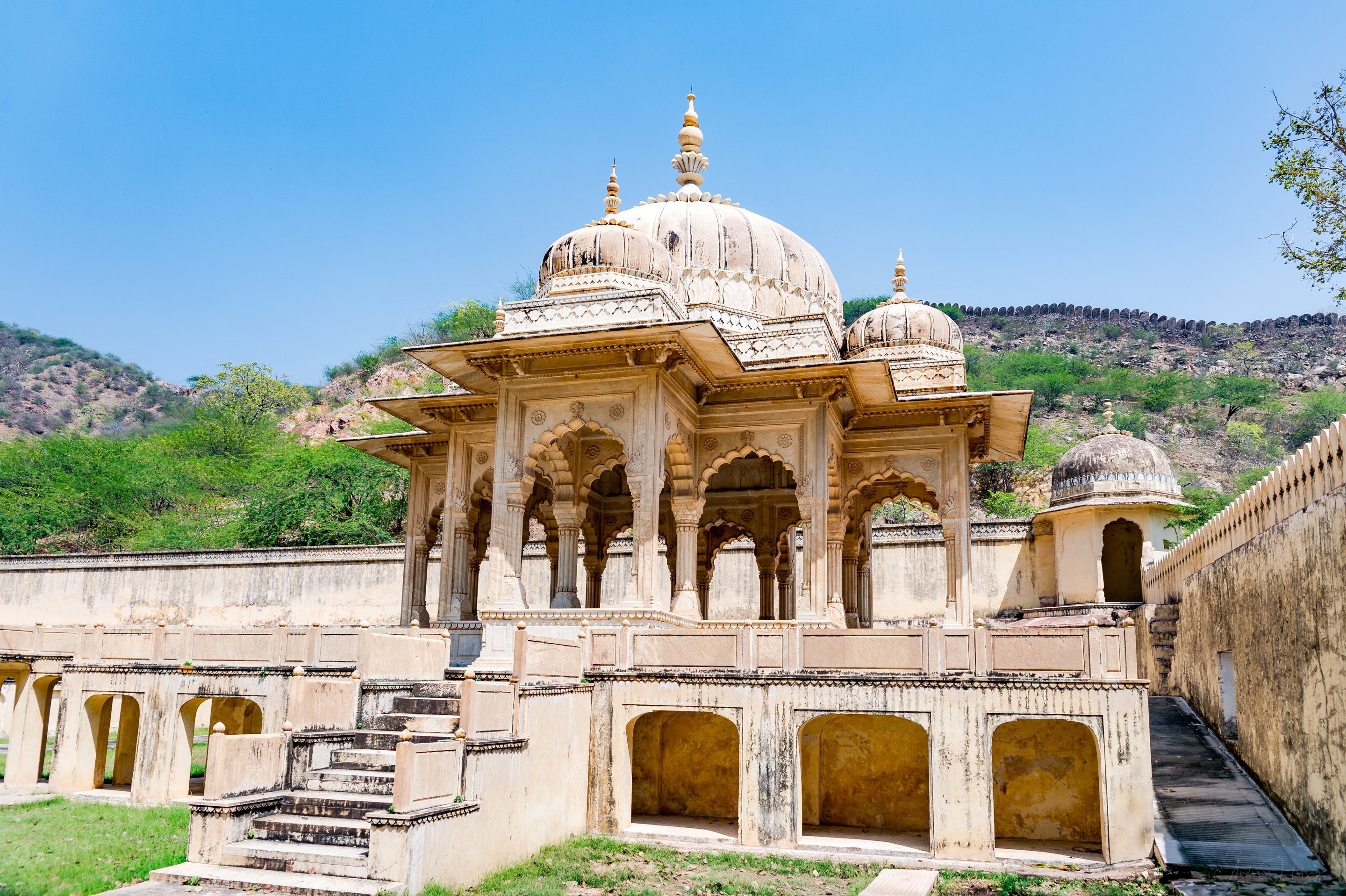
Final image selection
It took me several weeks and many long nights to complete the review and post processing of my perviously selected images. It was an excellent experience and also helped me to perfect some of me retouching skills in Photoshop. Very helpful (and highly recommended) are the training courses “The Lightroom System” and “The Photoshop System” from Matt Kloskowski.
Last step was the final selection. This was easier than I initially thought. During post processing I got a very clear idea which images I liked more over others and also why. I reached to 217 images of India and 205 images of Switzerland.
I created corresponding collections in Lightroom, but took anyway the whole Lightroom catalog and the source files with me, when I met Vivek during my next visit to Ahmedabad.
After reviewing my images Vivek told me that we will go ahead with the exhibition, which should be held for about 10 days in February 2018.
Printing and set up of the exhibition
When I reached Ahmedabad a few days prior to the opening ceremony of my exhibition. Vivek and Himanshu had made the selection of images that will be displayed and had a clear idea how to set up the display in the two rooms. Biggest task remaining was printing the images.
Although I thought that my images looked good on a computer screen, Himanshu explained me, that the way I had developed my images was more or less useless for printing, specially regarding sharpening of the images. I never thought about printing my images, nor do I own a printer for that purpose, so I discovered a completely new world. Printing images in good quality is far more complicated than I had anticipated. Paper quality, ink, the printer and last but not least the mood one wants to give to the print, all has to be taken into account.
Thanks to the long experience of Himanshu and the perfect infrastructure at the Satya Art Gallery, this task could be completed within a few days.
Framing and hanging was done quickly and so everything was ready for the opening ceremony Friday late afternoon.
Opening ceremony and exhibition
A few journalists from local papers, news sites and blogs showed up, visited the exhibition and I could answer their questions. The positiv feedback motivated more people to visit the exhibition. Overall it turned out to be quit successful.
Interaction with visitors was a unique experience for me. So many people from very different backgrounds talked to me, asked about my images and my photographic journey in general. Young students that just started to study photography, experienced professionals, enthusiast hobbyists or visitors that don’t photography themselves and just enjoyed the beauty of the images, even visitors that came back next day with other family members, with all of them I could interact and hopefully explain them where, why and how I took those images, what they show, what they mean to me and what story I wanted to tell taking the image.
Over all it was an unforgettable experience and many aspects will influence the way take images, the way I look at images and for sure they way I look at prints, for ever.
I’m grateful to Vivek, Himanshu and the whole team of the Satya Art Gallery and the Navajivan Trust to make this whole exhibition possible and such a beautiful memory.
A very special thank goes to Pankaj who started this whole adventure, also to his family, Unmesh and his family and all my friends in Ahmedabad for their support and encouragement during this exiting journey.


